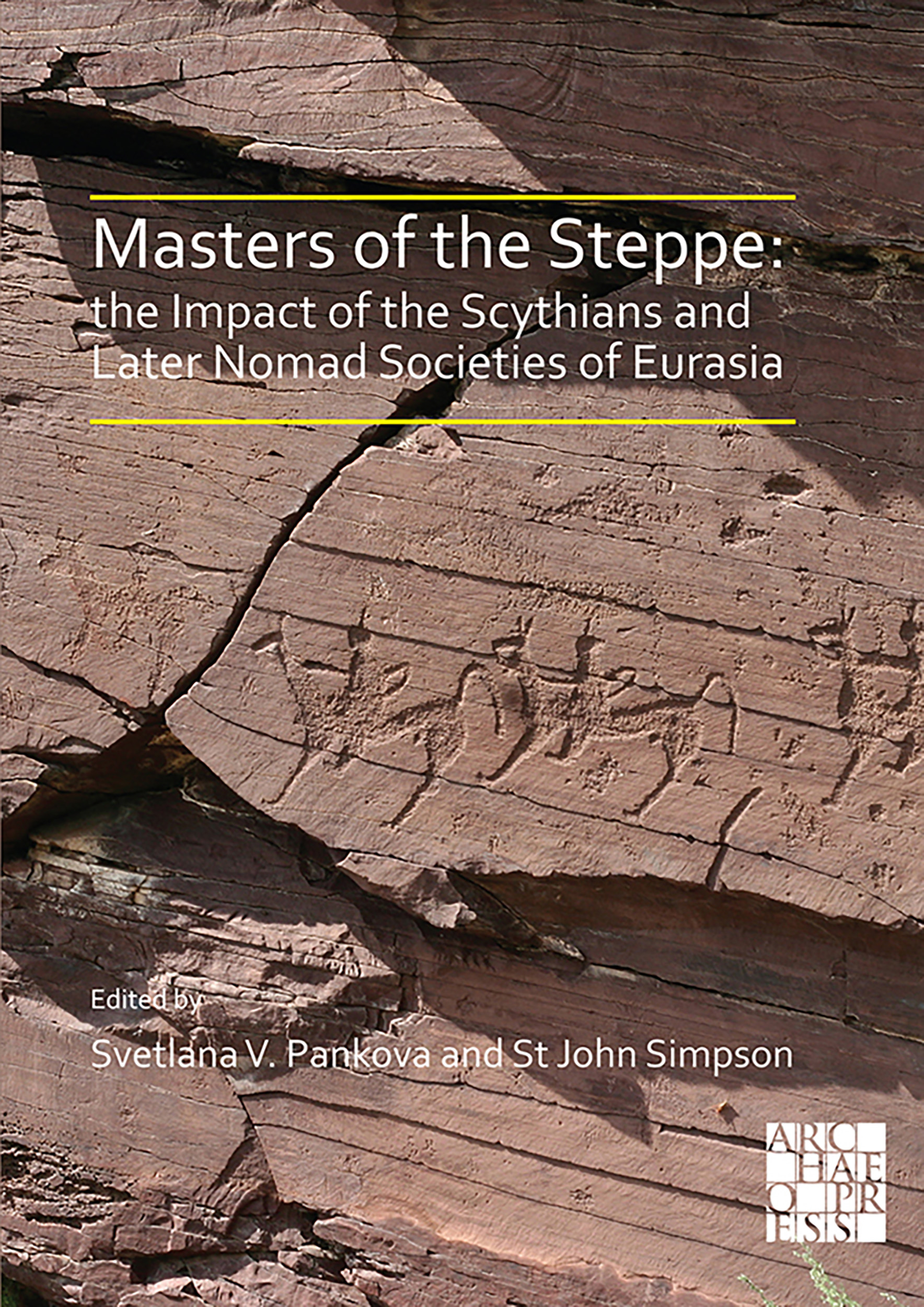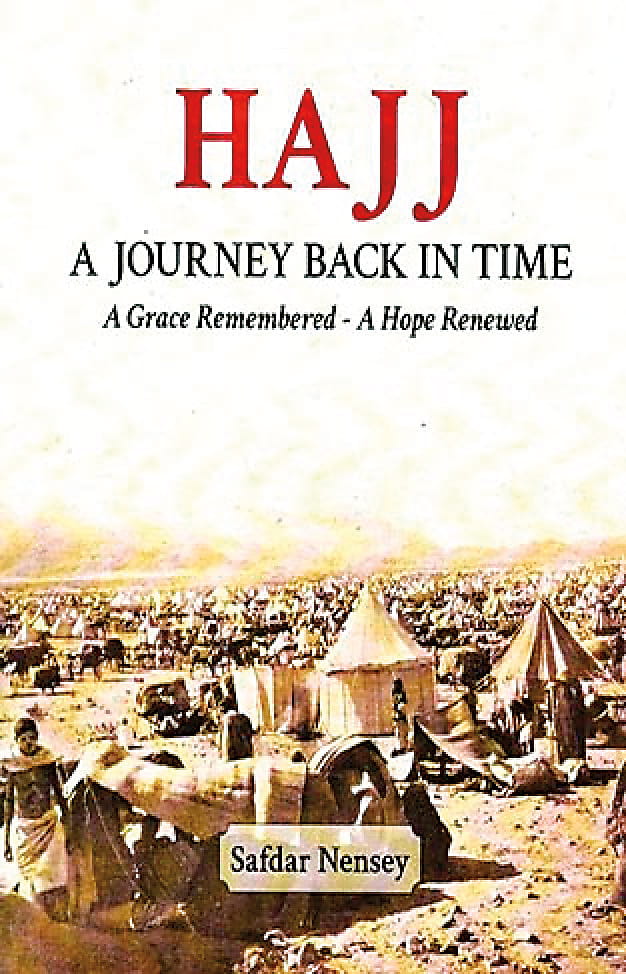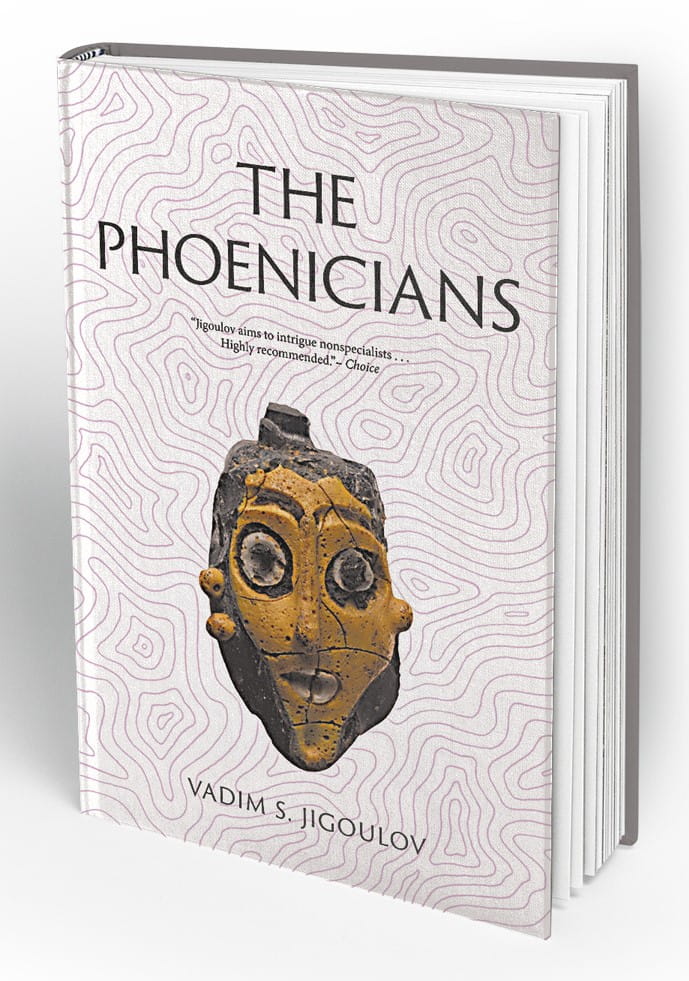
Masters of the Steppe: The Impact of the Scythians and Later Nomad Societies of Eurasia
Dennis Keen
Svetlana V. Pankova and St. John Simpson, eds.
2020, Archaeopress, 978-1-78969-647-9, £80 pb.
Inhabitants of the vast steppes that spread from Eastern Europe to Central Asia, whether Slavic or Turkic, consider the Scythians as their progenitors, regarding their archeological presence in the first millennium BCE as a significant point of national pride. “We are Scythians!” the Russian writer Aleksandr Blok declared; Kazakhstan’s national symbol, “The Golden Man,” was a noble member of the Scythian Saka tribe. Yet centuries since another nomadic power, the Mongols, trampled to the gates of Europe, a strain of antinomadism has survived in Western imagination, relegating most steppe societies to obscurity. A 2017 exhibition at the British Museum finally gave the horse-going people, advanced in warfare and the decorative arts, their due, as golden treasures from the Hermitage glistened abroad for the first time in decades. This compendium of 45 papers presented at an accompanying conference can be intermittently dry but remains far more than the sum of its parts—it is the most monumental English-language work in a generation to be dedicated to this fascinating civilization.
You may also be interested in...

Hajj: A Journey Back in Time: A Grace Remembered-A Hope Renewed
Safdar Nensey's Hajj: A Journey Back in Time invites readers into one of the world's oldest and most sacred annual expeditions: the Muslim pilgrimage to Makkah.
The Phoenicians
Rather than a single civilization, the Phoenicians appear here as a fleet of city-states-Arwad, Byblos, Sidon and Tyre-whose sea routes and trade networks tied the ancient Mediterranean together.